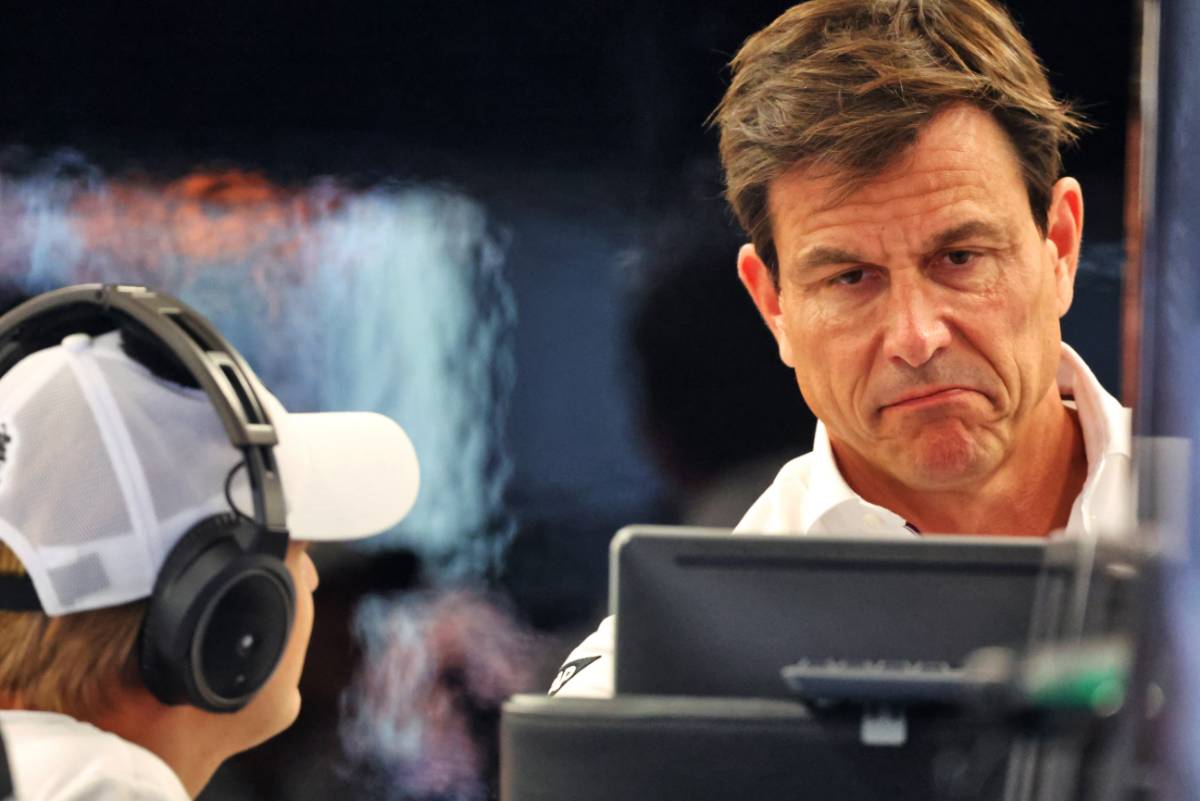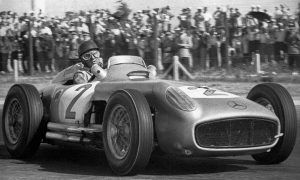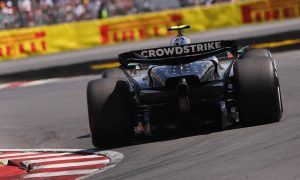
Mercedes endured a disappointing weekend at the Dutch Grand Prix, with team boss Toto Wolff questioning whether its car’s new floor element may have been behind the Brackely squad’s lackluster performance.
Mercedes entered the weekend at Zandvoort with high hopes, following its run of three wins in the last four races before Formula 1’s summer break.
However, George Russell and Lewis Hamilton’s subdued performance in qualifying was followed by more struggles on race day, especially for the former who launched his race from fourth on the grid only to finish a lowly seventh, one spot ahead of Hamilton.
Wolff acknowledged that the team's performance was a cause for concern.
“I think the car, these cars are sometimes a surprise box,” Wolff said after Sunday’s race.
“We had six podiums in a row, and that doesn’t look like the car that three weeks ago was first and second. At least first on merit.”
Wolff insisted that such an unexpectedly poor result cannot be explained without considering major contributing factors.
“You can’t really end up with a result like this without any major factor playing in it. It’s something we need to analyse in the next few days to Monza,” he said.
“Was it because we put something on the car that didn’t help? Did we engineer something into the car that wasn’t good?
“How do you justify these swings in performance, that sometimes look really good this weekend and then today, there was tons of degradation. Not very impressive.”

At Spa, Mercedes introduced an updated floor on its W15 silver arrow, but the team ultimately decided to discard it after the opening day of running in Belgium.
At Zandvoort, the new element was refitted to Russell’s car for Friday’s FP1, and by the second practice session – topped by Russell – the team was sufficiently convinced of the floor's benefits that it committed to running both its cars with the update for the remainder of the weekend.
Wolff wondered if limited running time in FP1 due to rain had left Mercedes with only minimal data to evaluate the floor’s impact.
“I think it was two factors,” he explained. “We back-to-backed the update kit on Friday, which was very, at the end, left us with not a lot of data.
“And then obviously with the lack of running, like everybody else, maybe we didn’t decide the right things for the car.
“So there could be a few factors at play that contributed to this performance.”

©Mercedes
While it remains uncertain if the floor was the sole cause of Mercedes' lackluster performance, Wolff hasn't dismissed the possibility. The Austrian emphasized that the team would need to dig deeper to find answers.
“I don’t want to jump to conclusions too quickly, because we’re going to look at it in the coming days, and hopefully try to find clues in the data,” he explained.
“Like I said before, was it the set-up, was it the track, what is it that we got wrong? Was it the floor that we put on the car? Was it all of this together?
“So hopefully we can sort it out until Monza and become competitive.
“But the swing in performance between P1, P2 and P7, P8, there’s a biggie in there. It’s not something that was a simple set-up decision in my opinion.”
Keep up to date with all the F1 news via Facebook and Twitter







